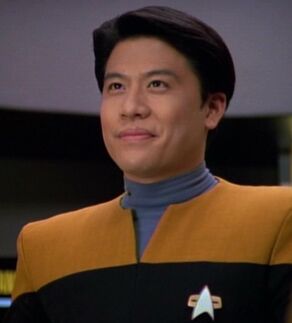--------------------
Welcome back to Character Insight! This week, we finish up the series on the Abrams timeline with a profile on Spock.

If there's one character who defines the heart of Star Trek, it is Spock. The Abrams timeline continues this trend by focusing on Spock and his origins just as much as Kirk in the first movie. Spock is surprisingly the only major character with alien blood. His half-human half-Vulcan heritage leads to interesting struggles as he comes of age and as he serves with Kirk and other humans.
In this timeline, Spock is an instructor at Starfleet Academy and programs the unwinnable scenario entitled The Kobayashi Maru. This leads to his first significant interaction with Kirk, who cheats to defeat the unwinnable test.
That turns out to be a rocky start to the most important relationship in Star Trek, as Spock ends up learning to embrace some of his human traits over time thanks to the influences of Kirk and Uhura. However, he remains deeply engaged with his Vulcan heritage, turning to mentorship from Sarek and Spock prime numerous times during the films.
One of the most interesting contrasts of this timeline is Spock's romantic involvement with Uhura. They apparently become involved during or after Uhura is a student or teaching assistant in his Advanced Phonology class, and their small lover's quarrels add good flavor to the movies. It will be interesting to see how this develops further.
According to deleted scenes and movie notes, Spock is named after one of Vulcan's early society builders, which is ironic considering what happens to the planet Vulcan. Spock is awarded the Grandmaster title in Three Dimensional Chess, although the chessboard has not been broken out yet in the new movies.
One of the fun aspects of the Abrams timeline movies is that the script writers have absolutely nailed the character of Spock and made it infinitely interesting. Of course, the writers also made the numbnuts lame-brained move that becomes our quote of the week (from Into Darkness):
"KHAAAAAAAAAAAAN."
No, no, no, a thousand times no.
Actor:Zachary Quinto is the new Spock, and he's had some fun in movies and car advertisements interacting with Leonard Nimoy, a bridge to the past. He has previously starred in American Horror Story, Heroes, and 24.


























